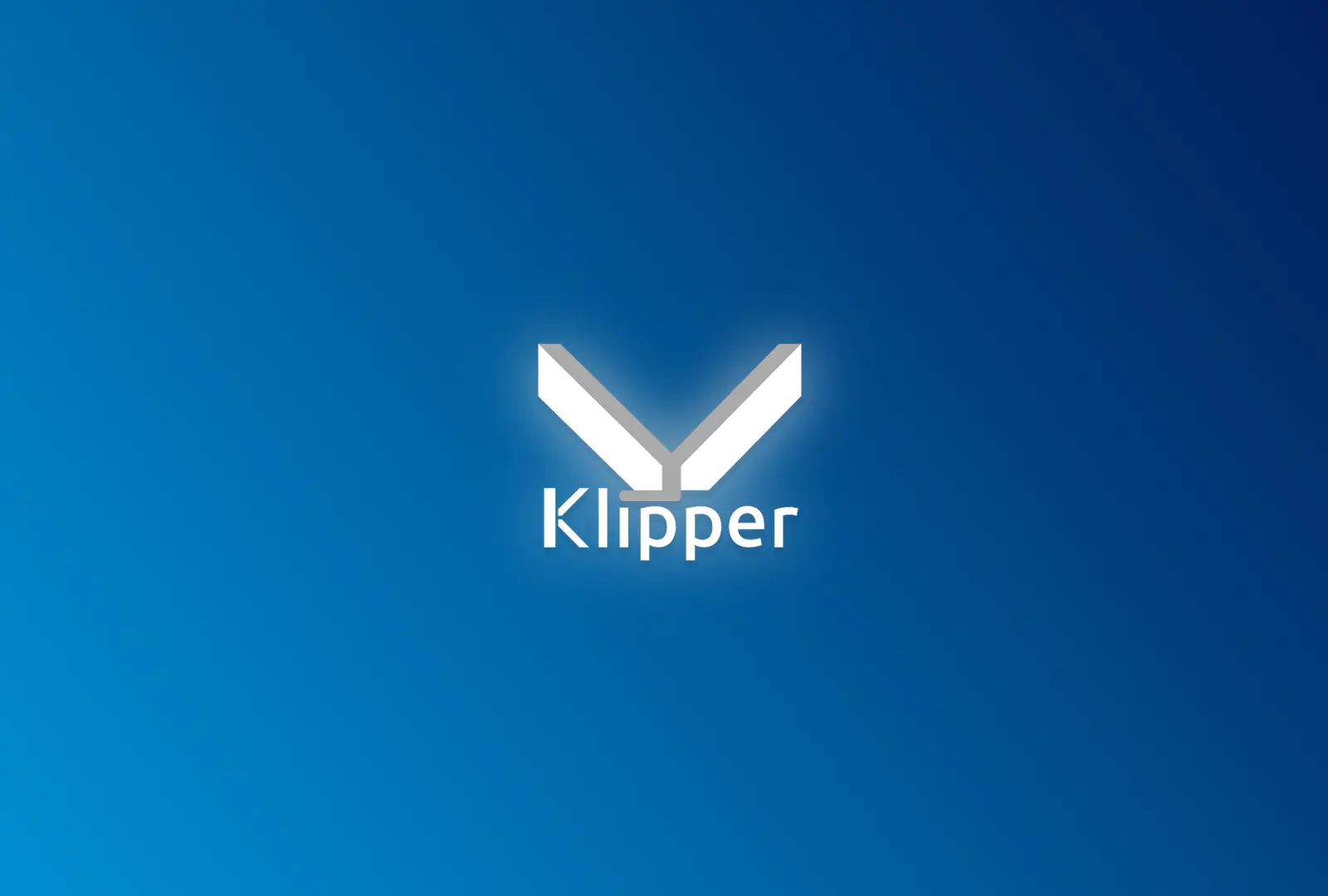
3D printers are complicated machines that have many moving parts that have to work together for your 3D printer to even start printing. Each print your machine finishes is the result of an elaborate collaboration between your 3D printer's hardware and software.
That’s where the firmware gets in the picture. Most day-to-day electronic devices we use today have some type of firmware in them but few would have something that equals the power and efficiency that Klipper offers. That’s why we integrated it into our latest model Zaxe Z3.
What Exactly Does Klipper Do?
To put it simply, You could describe Klipper as software that is etched into the hardware of your machine. It works separately from the other software that your 3D printer has like the operating system and drivers to communicate the commands coming from the motherboard to separate parts of the machine.
Klipper can be seen as an enforcer or a negotiator between the physical and digital parts of the 3D printer. Firmware is an essential part of modern electronic devices but it will highly differ in strength and complexity. Klipper will be on the more advanced side.
What Makes Klipper Special
Klipper is an open-source firmware that was specifically developed to increase the performance of 3D printers and make them more efficient in a number of ways. But it doesn’t work like most other software.
Klipper needs an additional board that is used as an application processor. For example, our Zaxe Z3 model uses Raspberry Pi 4. This extra board will provide your 3D printer with superior processing power when compared to the other firmware.
Your TV remote obviously doesn’t need complex firmware to do its task because sending a signal to change the channel is a relatively simple command. But a 3D printer is a different story.
Thanks to Klipper integrated Zaxe firmware and the additional board, your 3D printer has more power to utilize for other processes like pre-developing commands for G-code demands and using the pressure advance system to achieve smoother surfaces.
What Does Klipper Offer
We have talked about the technical aspects of Klipper but what about practically? What benefits does Klipper offer when you are holding the end product in your hand?
Some of the improvements Klipper integrated Zaxe firmware offers will be indirect so it is hard to effectively count every single one of them at once. But the main improvements in your 3D printing experience will be apparent from the first print.
Higher Precision
Klipper supports input shaping, an open-loop control technique that reduces the effect vibrations have on your print and increases the quality. Its sophisticated motion processing abilities allow your 3D printer to achieve a higher level of detail and accuracy.
Shorter Print Times
The rate at which Klipper integrated Zaxe firmware controls your 3D printer's stepper is pretty much unmatched. With a modern microcontroller, Klipper can dictate several million steps without compromising on the print quality in the slightest.
Smoother Surfaces
As we mentioned before, Klipper also has pressure advance capabilities. This mechanism accounts for the pressure within an extruder and reduces the extra ooze from your printhead. The result is a smoother finish on your prints and more accurate corners.
Quieter Printing Process
Dimensional accuracy and high details are not the only things the precise stepper motions help achieve. Completing a certain task with the minimum amount of moment necessary results in less vibration created by the stepper and less vibrations means less noise.
If you are still curious about the effect Klipper integrated Zaxe firmware will have on your 3D printing experience, take a look at our latest 3D printer Zaxe Z3 and carry your production efficiency to the next level. Achieve a fast, precise, and silent 3D printing experience with the help of Zaxe and Klipper.